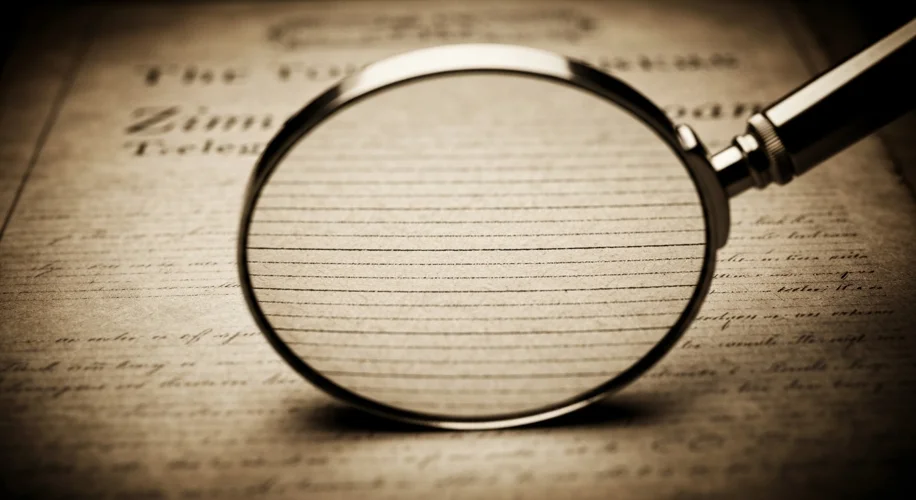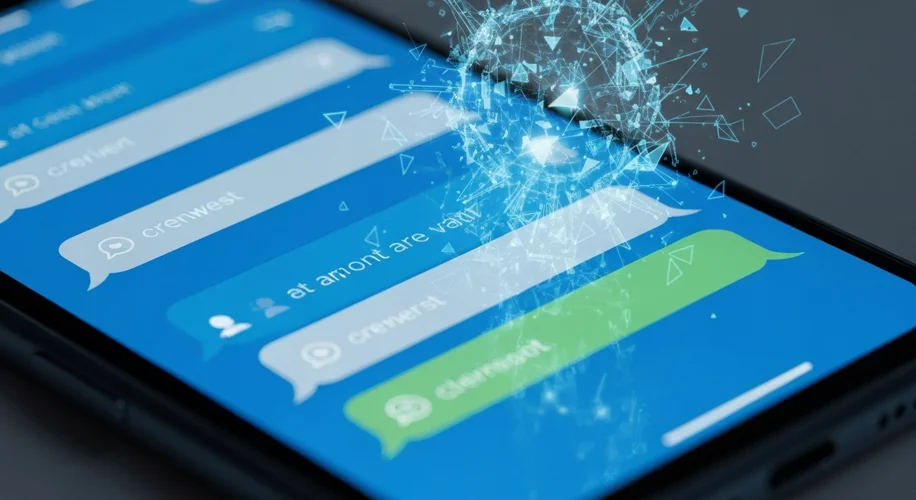In the ever-evolving landscape of technology, the ability to access and monitor private communications has become a potent tool. Today, the acquisition of Israeli-made spyware capable of breaching phone security and encrypted applications signifies a new, unsettling era in surveillance. But this technological leap, while alarming, is not without its historical precedents. The roots of modern digital espionage run deep, entwined with centuries of human ingenuity in the pursuit of secrets.
Espionage, in its essence, is the art of obtaining information that is not freely available. For millennia, this involved human agents, subtle infiltration, and the careful cultivation of sources. Consider the ancient world: Sun Tzu, in his seminal work “The Art of War,” penned around the 5th century BC, emphasized the critical importance of “knowing your enemy.” He famously stated, “If you know the enemy and know yourself, you need not fear the result of a hundred battles.” This wisdom underscored the value of intelligence gathering, often through spies.
One of the earliest documented instances of espionage in warfare comes from the biblical account of Joshua sending spies into Jericho. They were hidden by Rahab, a prostitute, demonstrating that even in ancient times, the morally ambiguous could play crucial roles in the clandestine world. These spies provided Joshua with vital information about the city’s defenses and its inhabitants’ fear, directly leading to Jericho’s downfall.

As societies grew more complex, so did the methods of espionage. During the Roman Republic, intelligence was often gathered through carefully placed informants within conquered territories or rival states. The success of Roman military campaigns was frequently attributed not just to the might of its legions, but also to its sophisticated network of spies and scouts who provided forewarning of enemy movements and intentions.
The Renaissance, a period of burgeoning trade and exploration, also saw a rise in commercial and political espionage. Italian city-states, fiercely competing for economic and military dominance, employed spies to uncover trade secrets, military plans, and diplomatic strategies. Figures like Niccolò Machiavelli, in his treatise “The Prince,” subtly alluded to the necessity of employing deception and clandestine methods to maintain power, reflecting the Machiavellian reputation of the era.
The advent of modern cryptography and communication technologies in the 19th and 20th centuries, however, dramatically escalated the stakes. During World War I, the interception and decryption of coded messages, such as the Zimmermann Telegram, proved to be game-changers. The telegram, a secret communication from the German Foreign Office proposing a military alliance with Mexico against the United States, was intercepted by British intelligence. Its subsequent revelation galvanized American public opinion and played a significant role in the U.S. entering the war.

World War II witnessed an unprecedented sophistication in espionage and counter-espionage. The Enigma machine, used by the Germans to encrypt their communications, was famously cracked by Allied codebreakers at Bletchley Park, including Alan Turing. This intelligence coup, codenamed “Ultra,” provided the Allies with invaluable insights into German military operations, significantly impacting battles like the Battle of the Atlantic and the Normandy landings.
In parallel, covert operations became increasingly common. Agencies like the OSS (Office of Strategic Services) in the United States and the Special Operations Executive (SOE) in Britain engaged in a wide array of clandestine activities, including sabotage, intelligence gathering, and supporting resistance movements behind enemy lines. These operations were often fraught with peril, requiring immense courage and skill from the agents involved.
The Cold War era saw espionage transform into a high-tech battleground. The focus shifted from human agents alone to the burgeoning fields of signals intelligence (SIGINT), electronic warfare, and surveillance technologies. The development of spy planes like the U-2, and later satellites, allowed for unprecedented aerial reconnaissance. The infamous U-2 incident in 1960, when a U.S. spy plane was shot down over Soviet territory, highlighted the intense surveillance efforts and the dangers associated with them.

Today, the landscape has shifted again. The proliferation of mobile devices, the ubiquity of the internet, and the increasing reliance on encrypted communication platforms have created new frontiers for espionage. The spyware in question, capable of infiltrating even seemingly secure applications, represents the latest evolution in this long-standing practice. It taps into our most personal devices, turning them into windows into our private lives. This technological advancement raises profound questions about privacy, security, and the ethical boundaries of surveillance.
While the tools have changed from whispered secrets and hidden parchments to sophisticated algorithms and zero-day exploits, the fundamental objective remains the same: the acquisition of information. The current developments serve as a stark reminder that the human drive to know, to influence, and to control, expressed through the ancient art of espionage, continues to shape our world in profound and often unsettling ways.

